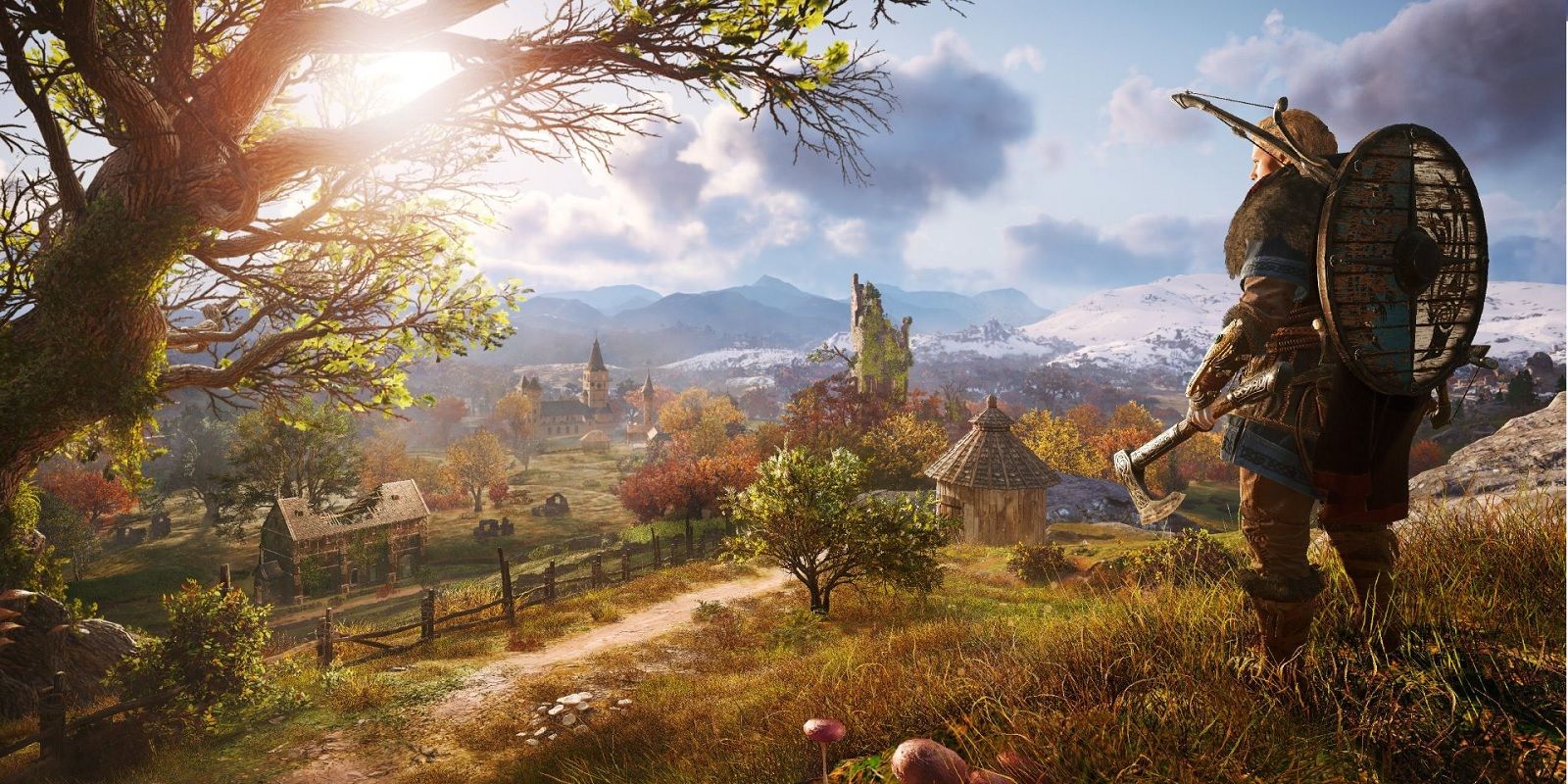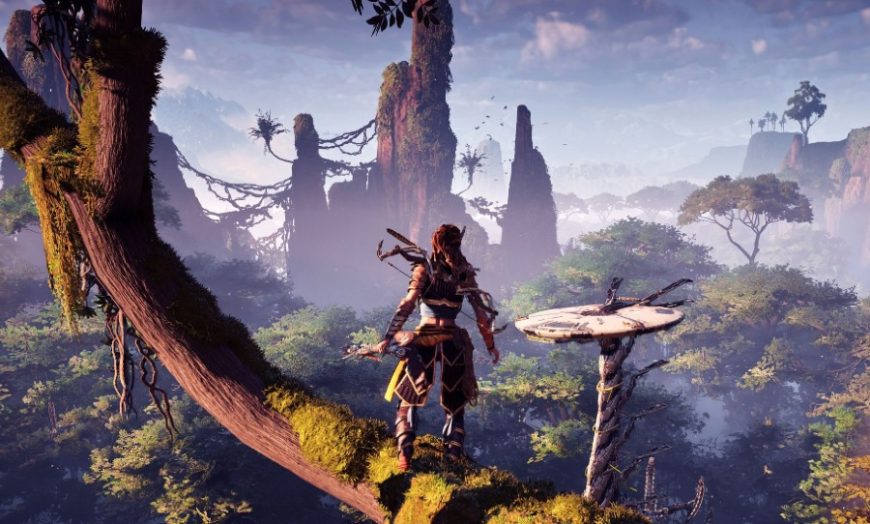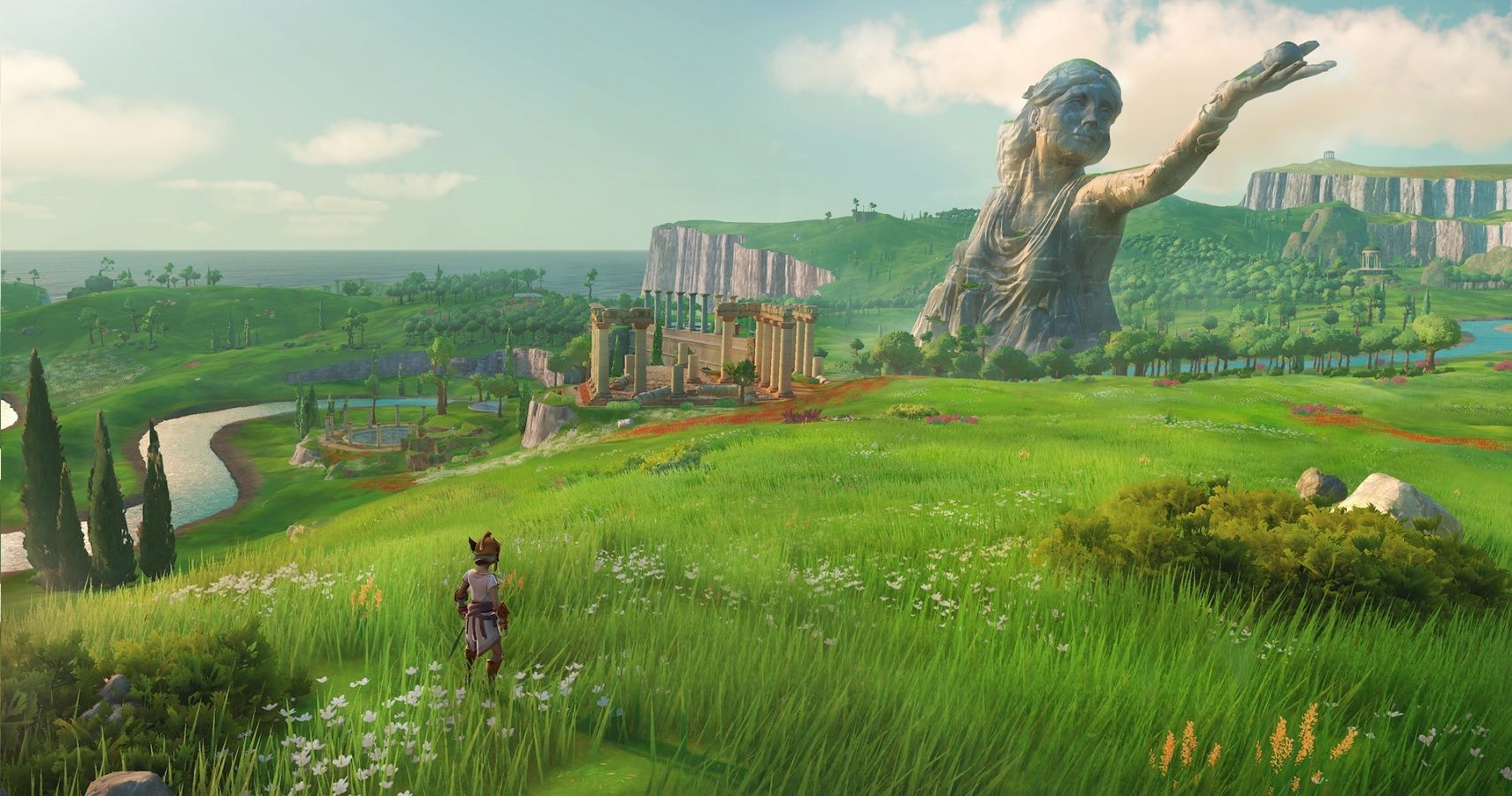Embark on a journey into the boundless realms of Best Open-World Games with Endless Exploration, where vast landscapes, captivating stories, and limitless possibilities await. Immerse yourself in worlds that stretch beyond the horizon, offering unparalleled freedom to explore, discover, and shape your own destiny.
From sprawling forests to bustling metropolises, from treacherous dungeons to uncharted territories, these games redefine the boundaries of gaming, inviting you to forge your own path and uncover secrets hidden within every nook and cranny.
Definition of Open-World Games with Endless Exploration
Open-world games with endless exploration are video games that feature vast, expansive worlds that players can freely explore without being confined to linear paths or predetermined boundaries. These games typically offer a high degree of player freedom, allowing them to choose their own paths, discover hidden areas, and engage in various activities at their own pace.
Key characteristics of open-world games with endless exploration include:
- Vast, seamless worlds:These games feature large, interconnected worlds that players can explore without encountering loading screens or artificial barriers.
- Player freedom:Players have the freedom to explore the world in any direction they choose, and they can often choose their own objectives and missions.
- Non-linear gameplay:Open-world games with endless exploration typically offer non-linear gameplay, meaning that players can progress through the game in their own order and at their own pace.
- Discovery and exploration:These games encourage players to explore the world and discover hidden areas, secrets, and Easter eggs.
Examples of Open-World Games with Endless Exploration
Some notable examples of open-world games with endless exploration include:
- Grand Theft Auto V
- Red Dead Redemption 2
- The Elder Scrolls V: Skyrim
- Fallout 4
- The Witcher 3: Wild Hunt
Benefits of Endless Exploration in Open-World Games

Endless exploration in open-world games offers numerous advantages that enhance the overall gaming experience. It provides players with vast and expansive game worlds that they can explore at their own pace, without being restricted by linear storylines or predetermined paths.
One of the key benefits of endless exploration is that it enhances immersion. When players are able to explore vast and expansive worlds, they feel more connected to the game and its environment. They can discover hidden areas, interact with NPCs, and engage in side quests, all of which contribute to a more immersive and engaging gaming experience.
Player Freedom
Endless exploration also provides players with a greater sense of freedom. They are not constrained by the limitations of a linear storyline and can choose to explore the game world in any way they see fit. This freedom allows players to create their own unique experiences and discover new and exciting things at their own pace.
Gameplay Variety
Finally, endless exploration enhances gameplay variety. With vast and expansive worlds to explore, there is always something new to discover. Players can engage in a variety of activities, from completing quests to exploring dungeons, to simply wandering around and taking in the sights.
This variety helps to keep the game fresh and exciting, even after hours of play.
Design Considerations for Endless Exploration

Crafting open-world games with endless exploration requires meticulous design considerations to ensure a seamless and captivating experience. World generation, procedural content, and level design strategies play pivotal roles in facilitating this boundless exploration.
World Generation
World generation algorithms are the backbone of creating vast and dynamic landscapes. They procedurally generate environments, ensuring each playthrough offers unique experiences. These algorithms can incorporate noise functions, fractal techniques, and other mathematical models to produce diverse terrains, biomes, and ecosystems.
Procedural Content
Procedural content generation complements world generation by creating unique in-game elements such as dungeons, quests, and loot. By leveraging algorithms and randomness, developers can generate an inexhaustible supply of content, eliminating the need for handcrafted levels. This approach allows for emergent gameplay and encourages players to continuously discover new challenges and rewards.
Level Design Strategies
Level design strategies are crucial for guiding exploration and maintaining player engagement. Open-world games often employ techniques like level streaming, which loads game areas on demand, reducing loading times and creating the illusion of a seamless world. Additionally, level designers use techniques such as environmental storytelling, quest progression, and dynamic events to encourage exploration and reward players for their curiosity.
Examples of Open-World Games with Endless Exploration: Best Open-world Games With Endless Exploration
Open-world games with endless exploration offer vast and immersive worlds that provide players with unparalleled freedom and opportunities for discovery. These games feature expansive landscapes, intricate environments, and engaging gameplay mechanics that encourage players to explore every nook and cranny.Some notable examples of open-world games with endless exploration include:
Grand Theft Auto V, Best open-world games with endless exploration
Grand Theft Auto V is a sprawling open-world action-adventure game that allows players to explore the fictional city of Los Santos and its surrounding areas. The game features a vast and detailed world with a wide variety of missions, side quests, and activities to keep players entertained for hours on end.
The Witcher 3: Wild Hunt
The Witcher 3: Wild Hunt is a massive open-world role-playing game that transports players to the Continent, a war-torn realm filled with monsters, magic, and political intrigue. The game features a vast and immersive world with a rich storyline, engaging characters, and challenging combat.
Minecraft
Minecraft is a sandbox open-world game that allows players to explore a procedurally generated world made entirely of blocks. The game encourages creativity and exploration, as players can build structures, craft items, and interact with the environment in countless ways.
No Man’s Sky
No Man’s Sky is a procedurally generated open-world space exploration game that allows players to explore a vast and infinite universe. The game features a variety of planets, star systems, and galaxies to explore, each with its own unique flora, fauna, and resources.
Valheim
Valheim is a survival and exploration open-world game set in a procedurally generated Viking-inspired world. Players must gather resources, build shelter, and craft weapons to survive in a hostile environment filled with mythical creatures and challenging bosses.
Future Trends in Endless Exploration
Endless exploration in open-world games is poised for further advancements driven by emerging technologies and design innovations. These advancements will enhance the player experience, offering more immersive and engaging virtual worlds.
Advancements in AI
Artificial Intelligence (AI) is transforming open-world games by enabling more dynamic and responsive environments. AI-powered NPCs (non-player characters) can now exhibit complex behaviors, adapting to player actions and creating more realistic and immersive interactions. Additionally, AI can be used to generate unique and ever-changing landscapes, ensuring that players never experience the same world twice.
Cloud Computing
Cloud computing allows game developers to host their games on remote servers, enabling them to deliver massive and detailed open worlds that would be impossible to run on local machines. Cloud-based games can also support a larger number of players, fostering more social and collaborative experiences.
Procedural Generation
Procedural generation is a technique used to create vast and varied worlds that are unique to each player. Algorithms generate these worlds on the fly, allowing for endless exploration without the need for manual level design. Procedural generation can be used to create diverse landscapes, dungeons, and other environments, ensuring that players never run out of new places to discover.
Closing Notes

As technology continues to push the boundaries of what’s possible, the future of open-world games with endless exploration holds infinite promise. With advancements in AI, cloud computing, and procedural generation, the worlds we explore will become even more vast, immersive, and responsive, offering endless opportunities for adventure and discovery.
So buckle up, adventurers, and prepare to embark on a journey that will forever change your perception of gaming. The best open-world games with endless exploration await, ready to ignite your imagination and transport you to worlds where the only limits are those you impose upon yourself.
Question Bank
What are the key characteristics of open-world games with endless exploration?
These games offer vast and expansive worlds that players can explore without any linear progression or set boundaries. They encourage exploration, discovery, and player-driven storytelling.
How does endless exploration benefit open-world games?
It enhances immersion, provides greater player freedom, and increases gameplay variety, allowing players to forge their own unique paths and experiences within the game world.
What design considerations are important for creating open-world games with endless exploration?
World generation, procedural content, and level design strategies are crucial for ensuring seamless and engaging exploration, providing players with a sense of discovery and wonder throughout their journey.
